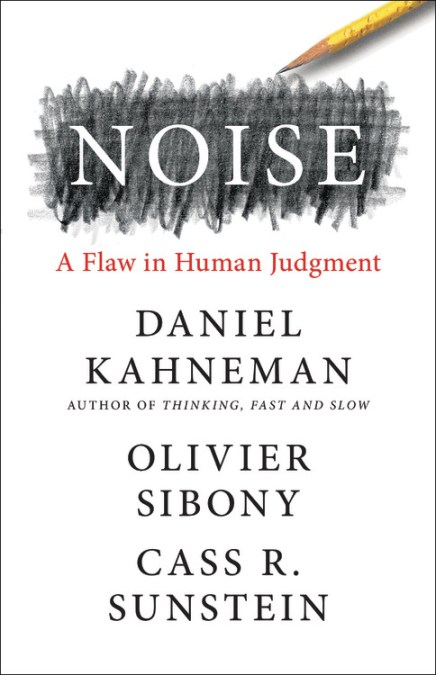Noise, a flaw in human judgement
A new book by Daniel Kahneman, Olivier Sibony, and Cass R. Sunstein
A general property of noise is that you can recognize and measure it while knowing nothing about the target or bias. The general property of noise is essential for our purposes in this book, because many of our conclusions are drawn from judgments whose true answer is unknown or even unknowable. When physicians offer different diagnoses for the same patient, we can study their disagreement without knowing what ails the patient. When film executives estimate the market for a movie, we can study the variability of their answers without knowing how much the film eventually made or even if it was produced at all. We don’t need to know who is right to measure how much the judgments of the same case vary. All we have to do to measure noise is look at the back of the target.
To understand error in judgment, we must understand both bias and noise. Sometimes, as we will see, noise is the more important problem. But in public conversations about human error and in organizations all over the world, noise is rarely recognized. Bias is the star of the show. Noise is a bit player, usually offstage. The topic of bias has been discussed in thousands of scientific articles and dozens of popular books, few of which even mention the issue of noise. This book is our attempt to redress the balance.
